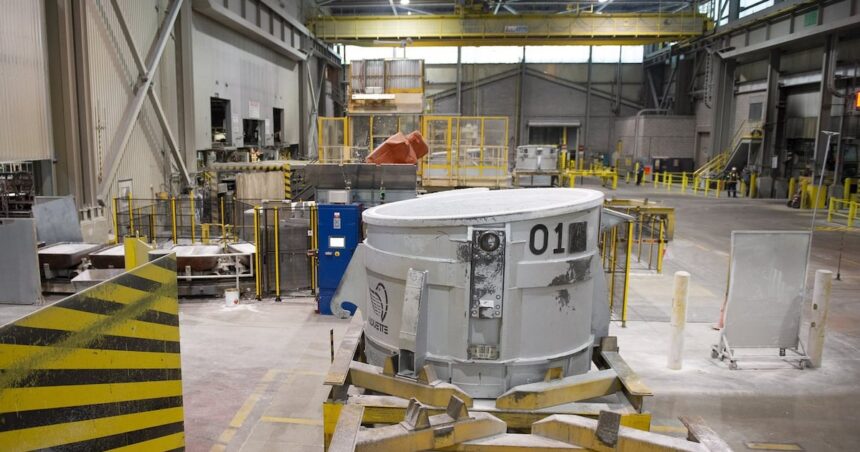In a landmark development that signals renewed confidence in Quebec’s industrial sector, one of the province’s major aluminum smelters announced yesterday a substantial $1.5 billion investment following the successful negotiation of a crucial electricity agreement with Hydro-Québec. This significant capital injection comes at a pivotal moment for Canada’s manufacturing landscape, potentially reshaping the competitive dynamics of North American aluminum production.
The agreement, finalized after months of intensive negotiations, guarantees the smelter stable electricity rates for the next 20 years—a critical factor in aluminum production where energy costs typically represent over 30% of operational expenses. Industry analysts suggest this deal could position Quebec to strengthen its foothold as North America’s aluminum powerhouse amid increasing global competition.
“This investment represents a vote of confidence in Quebec’s industrial future,” said François Legault, Quebec’s Premier, during the announcement ceremony in Saguenay. “The aluminum sector has been a cornerstone of our economy for generations, and this agreement ensures it will remain competitive for decades to come.”
The investment package includes $800 million for modernizing existing production lines, $400 million for environmental upgrades to reduce carbon emissions by an estimated 40%, and $300 million for expanding production capacity. Once completed, the upgrades are expected to increase the facility’s annual aluminum output by approximately 215,000 tonnes while supporting over 1,000 direct jobs and nearly 3,500 indirect positions throughout the region.
What makes this development particularly noteworthy is its timing amid volatile global aluminum markets. While North American aluminum prices have fluctuated dramatically over the past year, influenced by supply chain disruptions and changing trade policies, this investment suggests long-term confidence in regional production capabilities.
Industry experts from CO24 Business point to the agreement as evidence of Quebec’s strategic advantage in clean energy resources. “The province’s hydroelectric capacity provides a competitive edge that few jurisdictions can match,” explained Marie Tremblay, senior metals analyst at National Bank Financial. “With growing emphasis on low-carbon aluminum, Quebec producers are positioned exceptionally well for the coming decades.”
The environmental component of the investment aligns with Canada’s broader climate goals, with the smelter pledging to implement carbon capture technologies and energy efficiency measures that will reduce its overall emissions footprint. These improvements are projected to decrease carbon intensity per tonne of aluminum by nearly 45% compared to current operations.
Municipal leaders in the Saguenay region have enthusiastically welcomed the announcement, highlighting its importance for local economic development. “This commitment secures generations of economic stability for our communities,” said Jean Tremblay, mayor of Saguenay. “Beyond the direct employment, the ripple effects will be felt throughout our entire regional economy.”
Labor representatives have also expressed satisfaction with the deal, which includes provisions for workforce training and development to adapt to the more technologically advanced production methods. The modernization will introduce automation in certain processes while creating new technical positions requiring specialized skills.
The electricity agreement represents a delicate balance for Hydro-Québec, which has faced increasing pressure to allocate its clean energy resources among competing priorities including data centers, hydrogen production, and residential needs. This arrangement reportedly includes flexibility mechanisms that allow for rate adjustments based on global aluminum market conditions while providing the stability necessary for long-term industrial planning.
As world markets continue to demand greater sustainability in materials production, Quebec’s aluminum sector appears positioned to capitalize on growing premium segments. With this investment, the province reinforces its position within the global aluminum supply chain at a time when manufacturers increasingly seek low-carbon inputs for everything from electric vehicles to construction materials.
As implementation begins later this year, a crucial question emerges: Will this massive investment in Quebec’s aluminum sector trigger similar commitments across Canada’s resource processing industries, or does it represent a unique convergence of favorable conditions that cannot be easily replicated elsewhere?
























